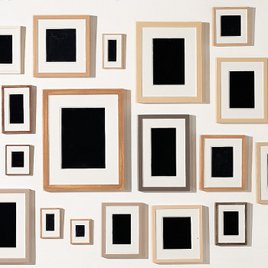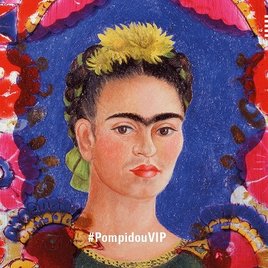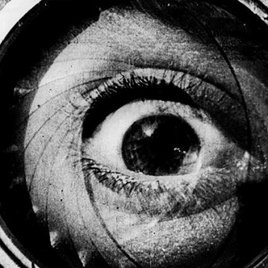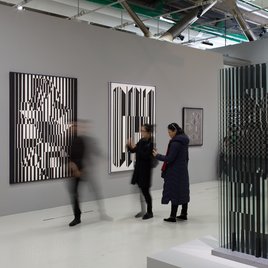Museum
In 2025, the Centre Pompidou is beginning a major transformation !
In preparation for the renovation of its iconic building, the permanent collection on levels 4 and 5 is now closed to the public.
You will find
- on this page, all the exhibitions taking place at the Centre Pompidou until September 2025;
- in the "Hors les murs" section, the first events hosted by our partner venues, starting in January 2025.
This marks the beginning of Constellation, an ambitious program that ensures the Centre Pompidou remains as vibrant as ever—reaching out to you through hundreds of partner venues across France and internationally from 2025 to 2030.
Find out more about the key stages of the closure and the program from March to September 2025



